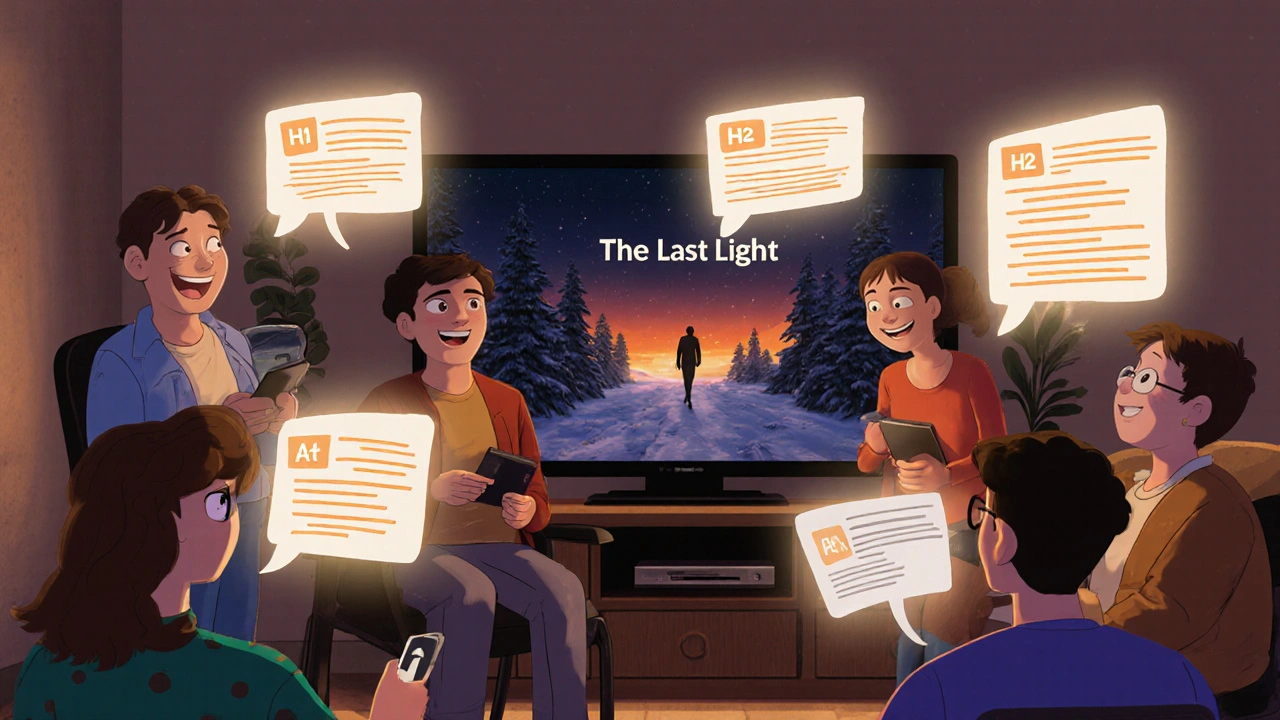Screen Reader Friendly Reviews: Accessible Film Criticism That Works
When a film review is built for screen reader friendly reviews, reviews designed to be clearly understood by text-to-speech software used by blind and low-vision audiences. Also known as accessible film reviews, they remove ambiguity, prioritize structure, and speak directly to how people actually experience stories without sight. This isn’t about making reviews simpler—it’s about making them *clearer*. A good screen reader friendly review doesn’t skip details; it organizes them so each sentence builds logically, without sudden jumps or vague metaphors that fall apart when spoken aloud.
What makes a review work for someone using a screen reader? It’s the same thing that makes any good writing work: precision. Instead of saying "the lighting felt moody," a strong review says "the scene used dim blue tones with a single overhead lamp, creating isolation." That’s not just description—it’s data. Screen readers don’t guess tone. They read what’s there. So reviews that rely on poetic fluff or cultural shorthand often lose meaning. The best ones treat every word like a building block. Related to this are audio description, narrated tracks that describe visual actions in films for blind viewers, and inclusive cinema, the broader movement to design film experiences so they’re usable by everyone, regardless of ability. These aren’t separate ideas—they’re connected. A film festival that cares about screen reader friendly reviews also cares about audio description tracks, captioning standards, and how their website’s code handles navigation. It’s all part of the same goal: no one gets left out of the story.
You’ll find posts here that dig into how critics write for accessibility, what tools help make reviews work across devices, and why some of the most powerful film writing today is the kind that doesn’t assume you can see the frame. Some reviews break down how camera movement is described in ways that trigger mental imagery. Others show how emotional beats are anchored in concrete actions—not just "she felt heartbroken," but "she sat still for three minutes after the door closed, not moving until the credits rolled." These aren’t just reviews. They’re maps for how to feel a film when you can’t see it. And that’s what makes them valuable to everyone—even if you don’t use a screen reader. Because clarity always wins.
Below, you’ll find real examples of how filmmakers, critics, and festivals are making film criticism more inclusive—not as an afterthought, but as part of the craft. No theory. No buzzwords. Just what works, and why it matters.
Learn how to write movie and TV reviews that work for screen readers and diverse audiences. Simple fixes like clear links, alt text, and plain language make your criticism fairer and more powerful.
View More

